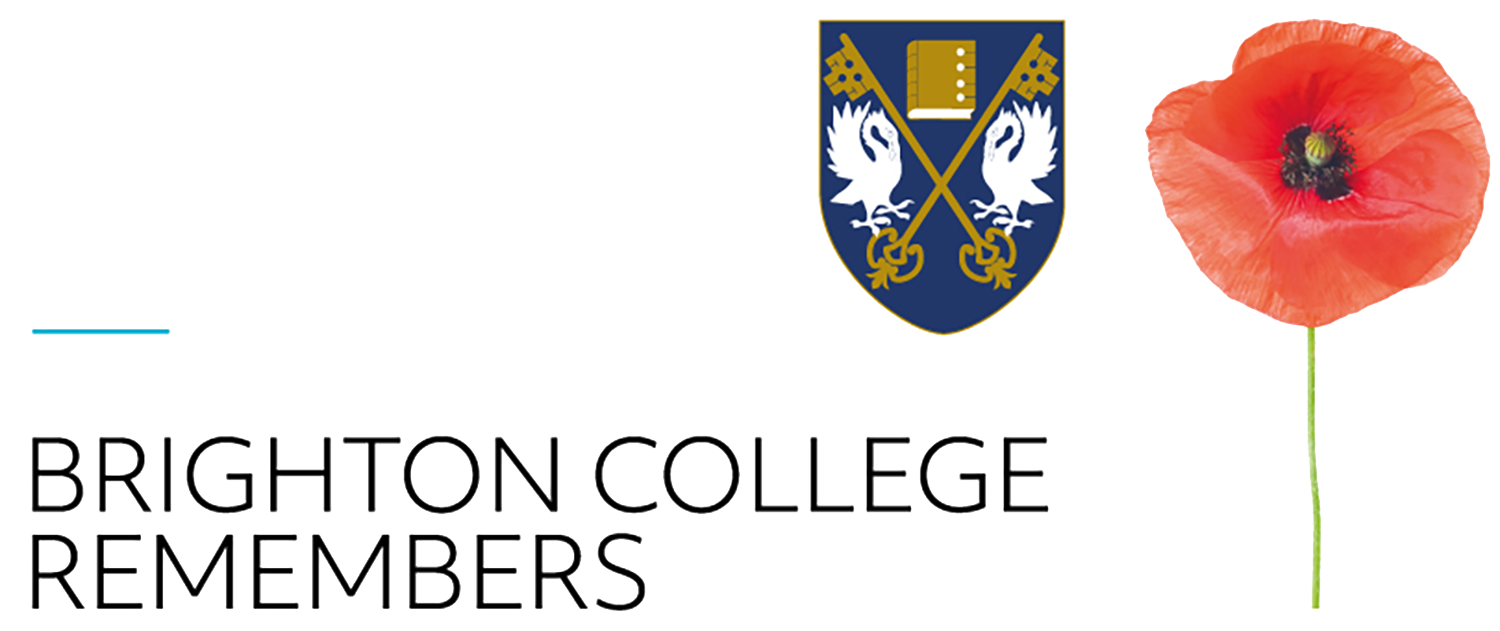Captain, Acting Major, Northumberland Fusiliers
Born: March 8th 1896
Died: November 14th 1918
Age at Death: 22
Died of pneumonia, November 14th 1918
R.M.C. (2nd Lieut. 1914)
A donation to the memorial statue has been made in honour of this solider by Alfie Russell, Head's House.
A further donation has been made by George Clarke, HEads House.
Obituary Brightonian XVI December, 1918
Died at Bordighra, of pneumonia, after influenza, September, 1918*
G.M. Parkinson entered School House in January, 1910, where he remained until Christmas, 1913, when he entered Sandhurst. While at Brighton College he was always keen on the O.T.C., and rose through the rank of Lance-Corporal (1912) to that of Sergeant. He was commissioned from Sandhurst shortly after the outbreak of war, and went to France in the autumn of 1914. Soon after receiving his second star, in May, 1915, he was invalided home, and remained in England till December, 1917, when he volunteered for service in Italy. He was again invalided until April, 1918, when he was appointed instructor at the Central Military School. On receiving his Captaincy, in July 1918, he was made liaison officer to the Italian Army during the pursuit of the Austrians, remaining there until his death.
*This date of September 1918 differs from later intelligence which denotes his death as November 14th, 1918.
Gilbert Maurice Parkinson
Gilbert Maurice Parkinson was born in Wandsworth in 1896. His parents were William Parkinson, an illustrator, cartoonist, and Old Brightonian, and Florence H. M. Parkinson (née Burgess), an oil painter and miniaturist. He had one older brother, William, and a sister, Beatrice Vivienne. The family had moved to 22 Loudon Road, St John’s Wood, a handsome road of Georgian houses in North London, shortly after Gilbert Parkinson was born.
He was a member of Brighton College (School House) between 1910 and 1913. He was clearly a good pupil because shortly after his admission he was awarded the German prize. He also played as a Right Wing in the First XI Football team as well as for his house in house matches, which were obviously fairly brutal affairs as in one such match against Hampden both he and another team mate were injured. He was also, as might be expected, a member of the OTC and was promoted to Sergeant in 1912. He evidently had ambitions for a military career because he proceeded to Sandhurst in Winter 1913 aged just 17.
On 19th November 1914 he received a commission into the Northumberland Fusiliers and went to France to join the BEF where he was immediately in action in the First Battle of Ypres. It appears that he must have been wounded at an early stage in the war because in May 1915 he was sent home to England where he remained until December 1917. In December 1917 he became an instructor at the Central Military School in France and volunteered for service in Italy as part of the small British force which operated there in support of Britain’s Italian allies following the latter’s terrible defeat at Caporetto in November 1917. In July 1918 he was promoted to Captain and sent as liaison officer attached to the Italian 33rd Division on the front against the Austrians where he served until the end of the war. Unfortunately he was struck down in the influenza epidemic that ravaged Europe in the closing months of the war and died in Italy shortly after the end of the war on 14th November 1918.
He has two memorials, one in the Bordighera British Cemetery in Italy where he is buried and the other in Brighton College Chapel. Both are inscribed with the words taken from Dante: ‘E’n la sua volontade e nostra pace’ (in His will is our peace). An impressive portrait of Gilbert and his brother William by Maurice Greiffenhagen can be found in the Northumberland Fusiliers museum.
Source: LEST WE FORGET PROJECT, Brighton College 2014/15

